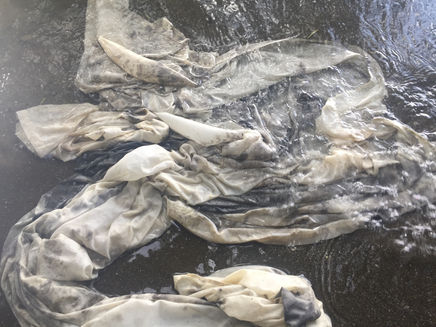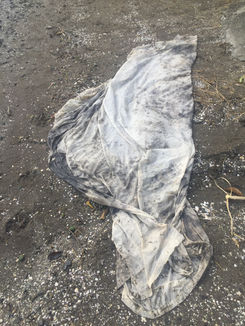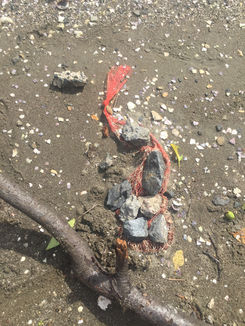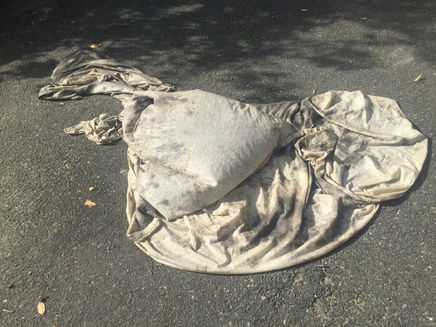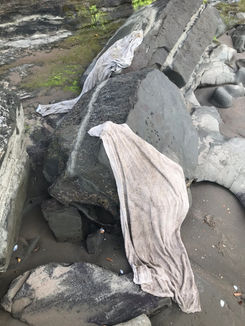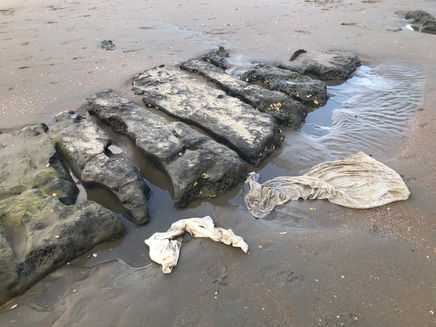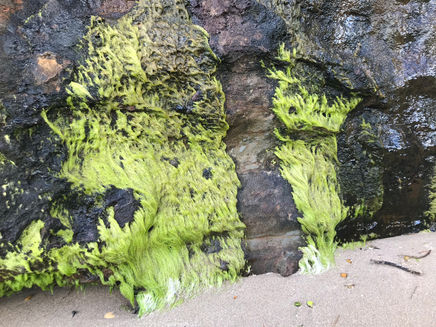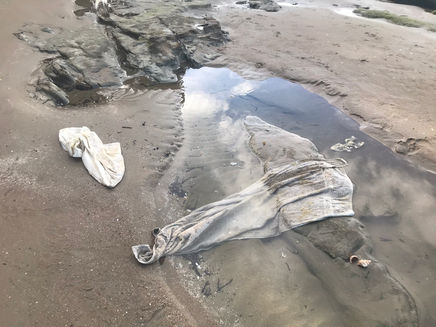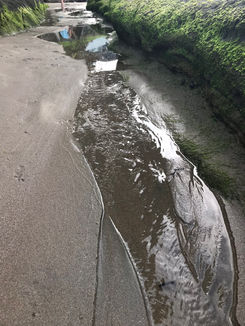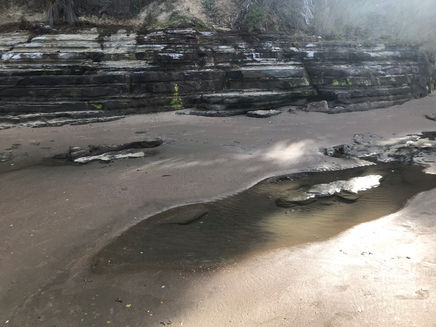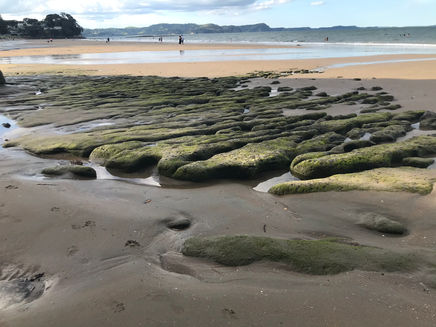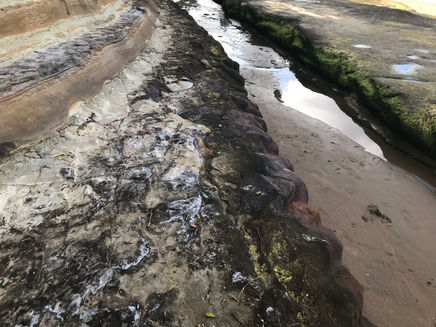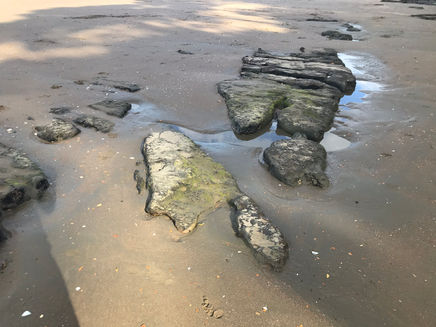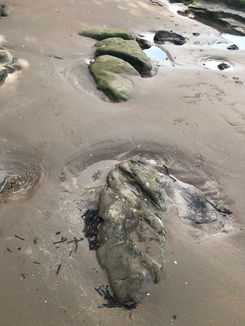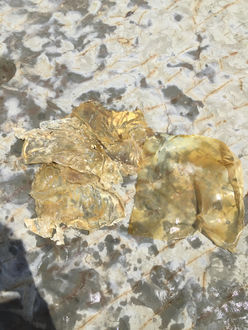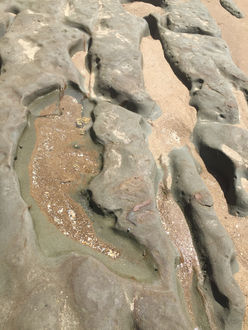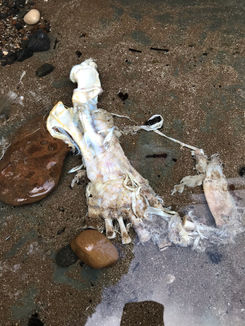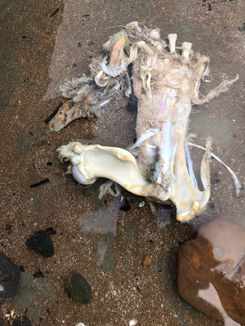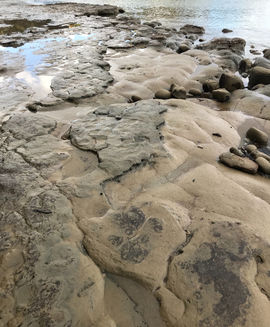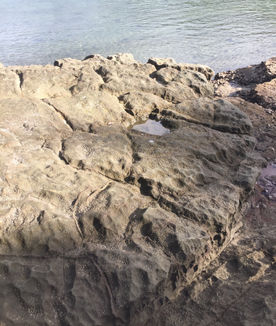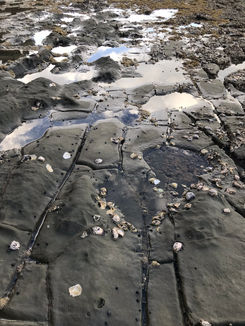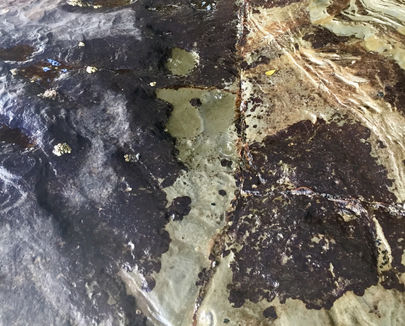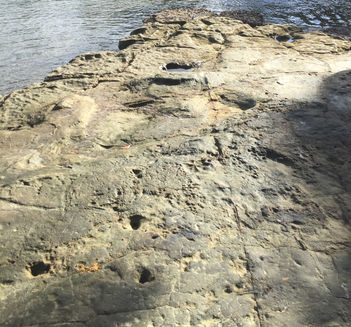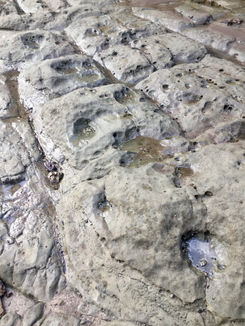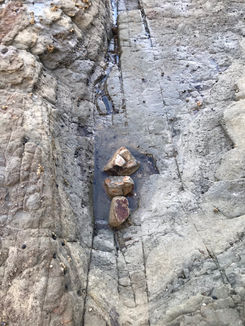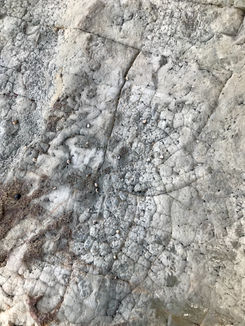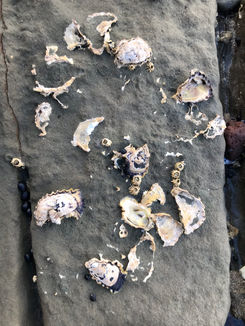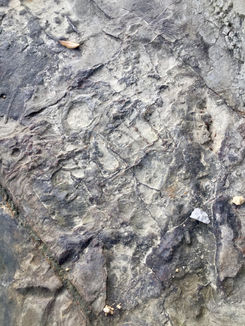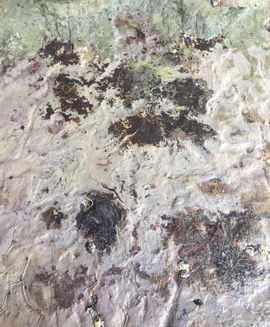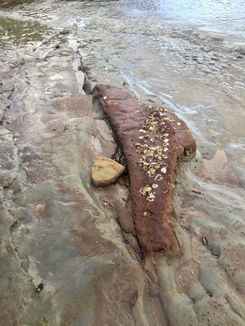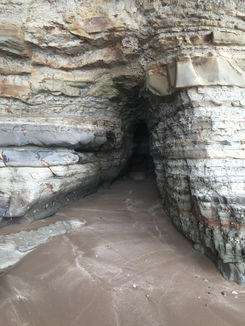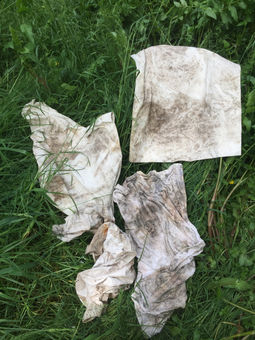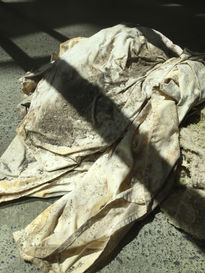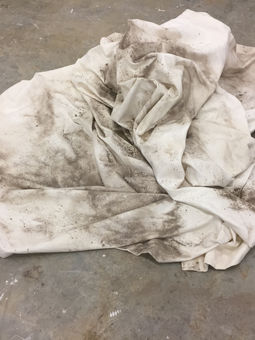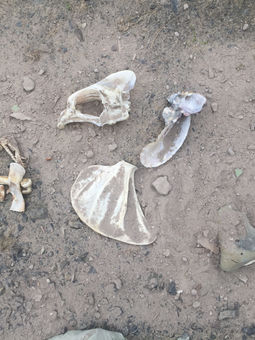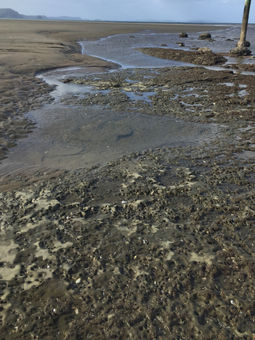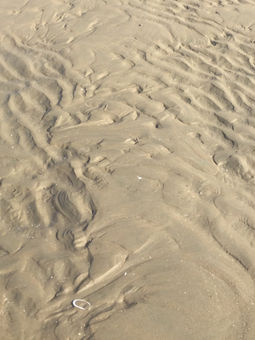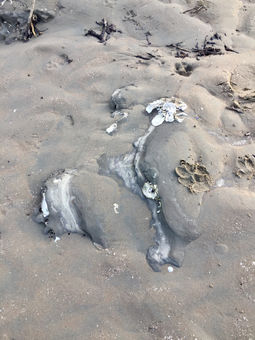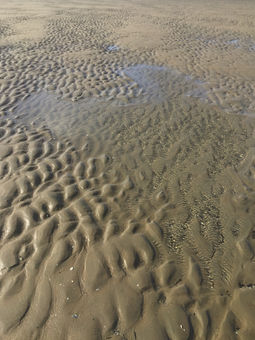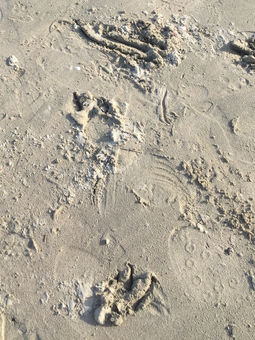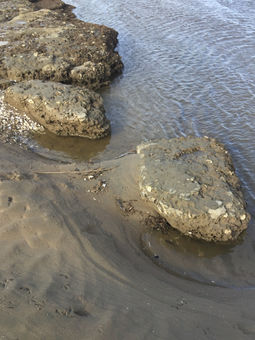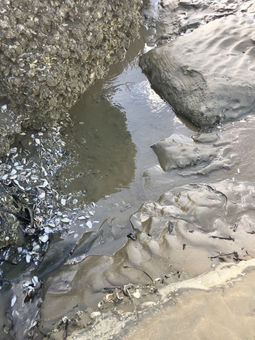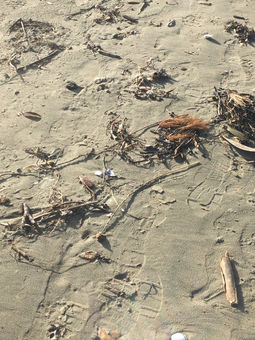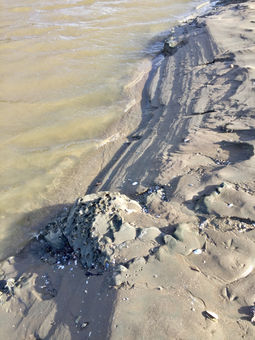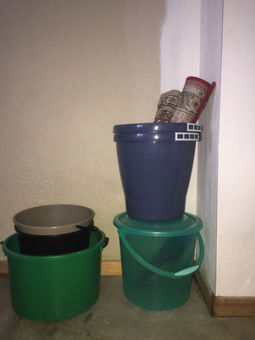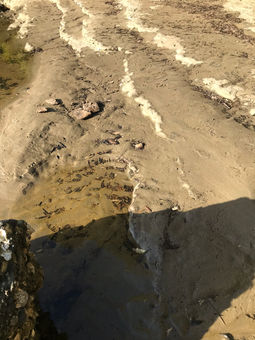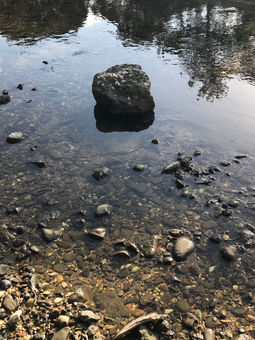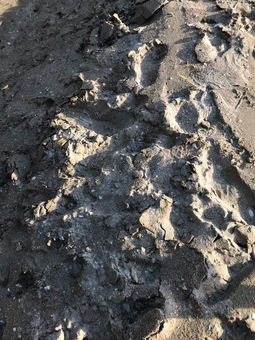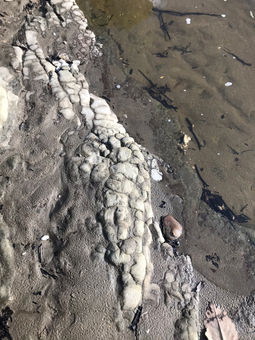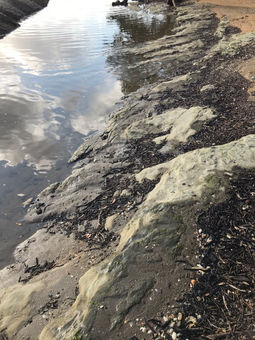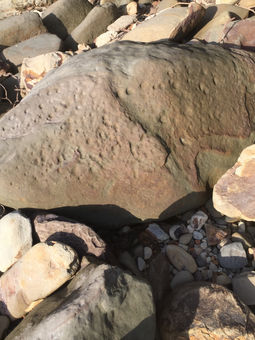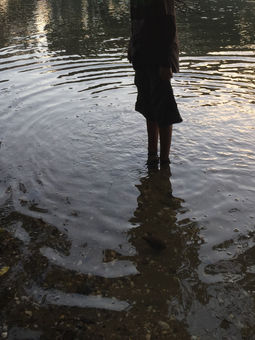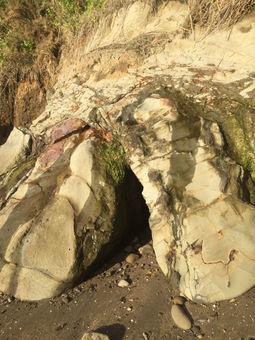
Phase Three
September - November
2021
Potential Matter & Incidental Happenings
This goes on to explore material-object, material-process, material-site, interactions in relation to potential matter and incidental happenings that exist outside of a studio context. Further addressing concepts of openness, chance, opportunity and possibility residing within material, object and space.
After phase two of my project developments, it had become clear that my initial understandings of fantasy had been reconsidered. I suppose my intital explorations were tied to what my first introductions of fanatsy, escapism or imagination were as children. However, it was about going beyond what I knew of fantasy - being more than just tied to this sense of familiarity, nostalgia or childhood. Instead, it was about capturing the notion of fantasy within the pockets of everyday, in the peculiarities of observation, in something that goes beyond representation. As I began to develop and move on from this second phase, it became about reflecting on my methods of making habits. I found that what shaped and led my durational installation 'The Unbecoming' and my installation practice in general, was this of experimentation with material-object processes, interactions and relationships. As I am installing, I making simultaneously. This is where the third phase really honed in on. Considering we went into lockdown, I didn't have access to my studio space or a facility to exhibit in. While it was difficult to adapt to, it gave me the opportunity to explore my work in a different light. Specifically, it became more about these 'outside' spaces, spaces that sit outside of gallery context. It was more about looking to these spaces of potential matter and incidental happenings, which went on to further ideas of: freedom vs discipline, privilege forethought, spontaneity, structure, disorder, disruption, non-logic, limitless possibilities, and autonomous forms. While these are all adjacent ideas of my main concerning explorations, I felt that they further informed my notion of fantasy in regards the experience of becoming. Most significantly, phase three centered around material-site relations between materials and objects. I was deeply influenced and impacted by the likes of Kate Newby's practice, Susie Hunt’s Honours exegesis (2015) – A Study of Slight Actions and Pierre Huyghe's work titled 'Untilled' (2011-2012).
"The divergent limits of my practice encourage a reiteration of the physical, an investigation of peculiar progressions and contingencies. Installations that employ such radiating boundaries allow actions to be orchestrated that encourage the project to expand in a compelling way outside of predictable outcomes, inviting a renewed consideration of those vital constituents whose domain exceeds human perception or linguistic capabilities. The creation of meaning in my work has been a recurring concern throughout the practice; how generous each installation has been in terms of visual clues has fluctuated depending on the developmental phase of my research. This was the case particularly in my earlier works where the readability of the situation came second to my own curiosity and exploration of materials. My research considers how certain engagements with objects can give rise to a re-observation of the indeterminacy conditional to the real; but it wasn't until my focus shifted to the contingencies fostered by these relationships that the project became inclined towards a kind of interpretation. The use of unpredicted material outcomes to dictate the development of the investigation creates narrative bridges, facilitating a web of strange connections that engender meaning yet negate singular understandings. In this respect, the direction of my research towards the end of the year exhibition will be an emergent venture, where incidental happenings are assimilated into the project through the shared history of their becoming."
- Excerpt of Susie Hunt’s Honours exegesis (2015) – A Study of Slight Actions
"“The compost is the place where you throw things that you don’t need or that are dead,” Huyghe says between bites of fish. “I used the same methodology for Untilled, using personally important markers and dropping them within that place. You don’t display things. You don’t make a mise-en-scène, you don’t design things, you just drop them. And when someone enters that site, things are in themselves, they don’t have a dependence on the person. They are indifferent to the public. You are in a place of indifference. Each thing, a bee, an ant, a plant, a rock, keeps growing or changing.” The container becomes a growing medium, where new events and encounters occur. The idea, then: indifferently sharing specific Huyghe spaces and times causes the identities of the things and beings contained within – art, bee, artist, spectator – to break down, dematerialize. The container becomes a growing medium, where new events and encounters occur, and new art takes root and thrives.....If you consider each entity as a written element – every artist and performer has a style, a way to write a language, just as a writer or a musician does. What I’m interested in here is to have this language written within reality, meaning a mineral reality, a biological reality, a physical reality. As in a compost, right? You throw a piece of lettuce or a banana or I don’t know what and there will be a metabolisation. It’s not that the banana disappears, but it will do something else, right? It will achieve a different intensity of being a banana. That’s what I’m interested in, this banana-ness, and this variation of intensity and how things leak into each other.”
- Excerpt from 'Pierre Huyghe' by Christopher Mooney (Artviewer Article). February 2015.






